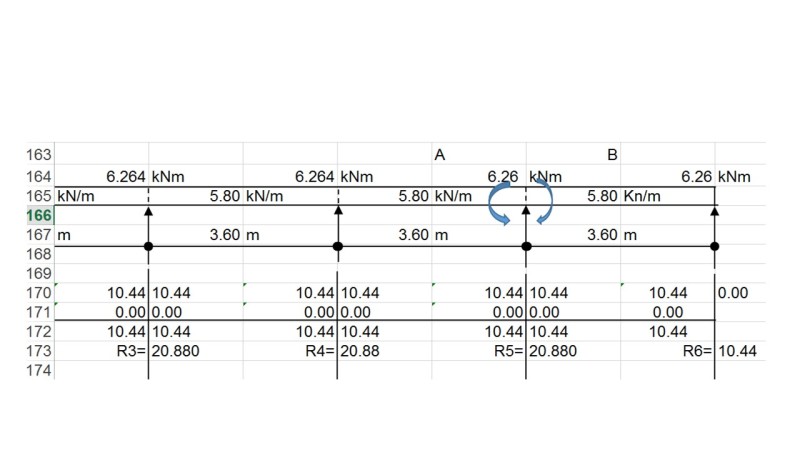In interior column design, should we consider moments from the beams (four sides) as we do for corner columns (biaxial bending) or interior columns are only subjected to axial reactions from beams?
How do we differentiate the load transfer of interior columns to exteriors as they commonly support only three beams; two being collinear and the other is perpendicular to the two?
Any reference showing the analysis of such load transfer will be a great help.
How do we differentiate the load transfer of interior columns to exteriors as they commonly support only three beams; two being collinear and the other is perpendicular to the two?
Any reference showing the analysis of such load transfer will be a great help.

